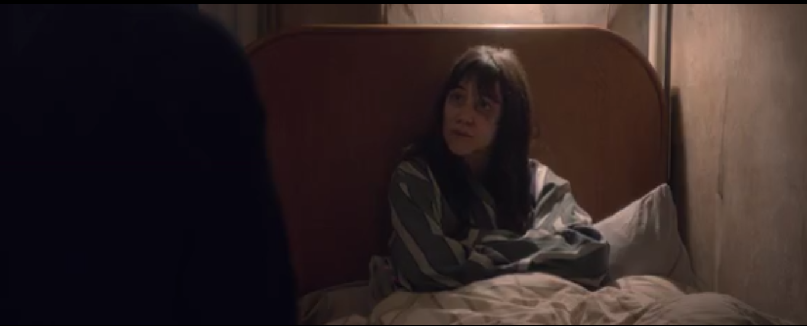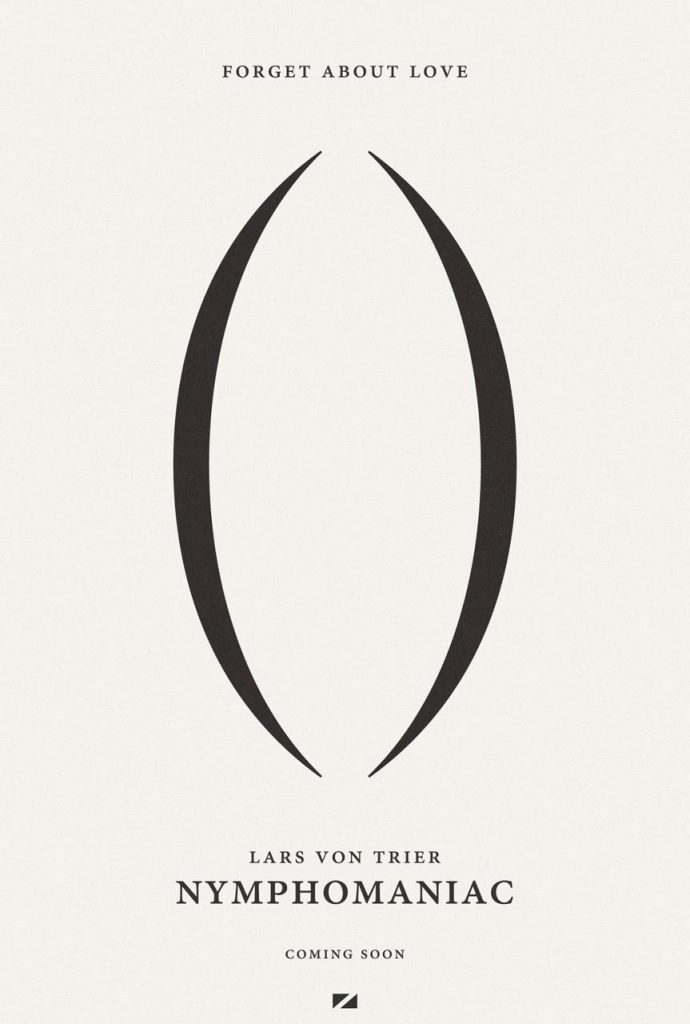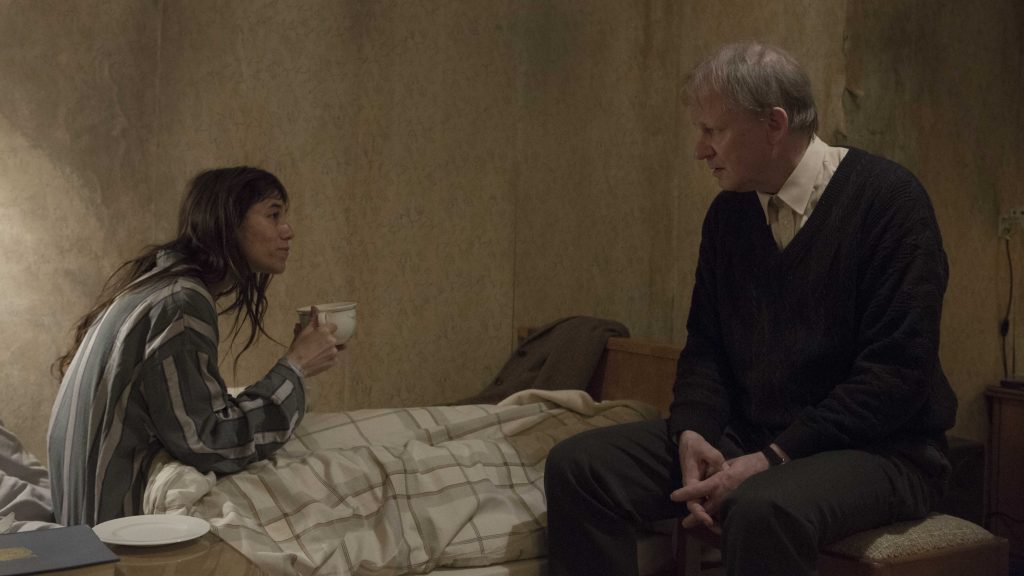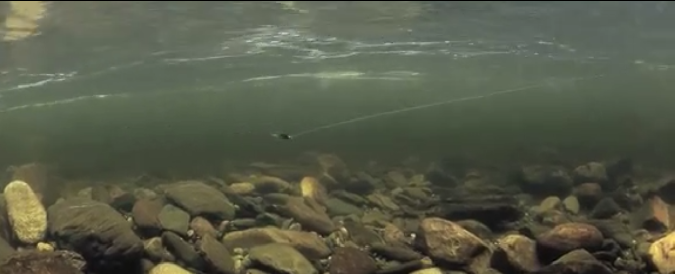Nymphomaniac: Vol. I (2013) features as half of the final film in Lars von Trier’s unofficially titled ‘Depression Trilogy’. It follows the story of a woman named Joe who recounts her past as a self-diagnosed nymphomaniac to a man called Seligman, who takes her in after finding her half dead in an alley.
Von Trier draws direct comparisons between humans and non-human animals throughout the film, but most noticeable are the analogies of fly fishing and the comparative survival instincts to that of the human male. . Here, the male gaze is competitive, with men vying for female attention much like when fish “go into feeding frenzy [and] all bite” (24:41). This presents an interesting distinction between the male and Seligman, since he has no desire to “bite”, as he is asexual. The comparison of a human male to that of a fish which is so easily deceived is almost patronising. Yet it is startlingly accurate, especially from the feminine perspective of Joe as the female acts as the bait within the analogy. Men, according to this reading, are therefore driven by basic carnal instincts; as opposed to women who despite initially acting as a trap to lure men in, are playing a much more complex game.
The scene is shot with the characters positioned as central to the frame when they are speaking. Light is positioned from above creating a halo effect around Joe’s head, which insinuates that nymphomania is not as sinful as it is perceived. Furthermore, when Joe speaks, Seligman is positioned within the frame to the left, creating a depth within the on-screen space between them. This distance reinforces the assumption that Seligman is a vehicle for the audience, both interacting with Joe and yet distanced from her. Similarly, the audience feels a connection to Joe, as we listen to Seligman’s fishing analogies as shown in the scene and throughout the film, they seem bizarrely niche yet somehow accurate and applicable; however it is important to note that Joe does not feature within the frame when the camera is positioned to face the speaking Seligman. The distance between the two characters provides a visual and familiar representation of Seligman’s analogy, which otherwise seem far stretched and difficult to connect to the situation. However, with the bait and fish linked to human characters within the film, the audience can understand the aalogy easier. The subtle link between humans and animals in this scene successfully creates a form of understanding between the two without running into the problems often faced by anthropomorphism. In this way, the audience simultaneously is a part of Joe’s experience of Seligman and vice versa.
The insertion of clips of fly fishing adds a third dimension to the analogy; one that is only accessible to the audience. Von Trier uses colour schemes to convey an important message about the social relations of the characters. In the shots that flick between being focussed on Joe and Seligman, the room is mainly on a spectrum of a beige palette, with the only difference being Seligman’s dark jumper and Joe’s striped pyjamas.
When the clip of the bait in the stream is inserted, the colour schemes invert in the sense that the beige pebbles at the bottom of the stream are the most eye-catching. Followed by the water which is striped in appearance due to the combination of the water and the light reflecting on it; and the difficult to spot dark coloured bait. In this way the habitat of the fish reflects Seligman’s insertion in the plot. He is part of it, but is distinct, having been placed in it from an external angle. Therefore by comparing the adult male to fly fishing, von Trier unhinges our concept and understanding of modern masculinity.
Bibliography
Nymphomaniac: Vol. I, dir. by Lars von Trier (Artificial Eye Film Co. Ltd, 2014) [DVD]
Photographs taken as screenshots from the DVD



